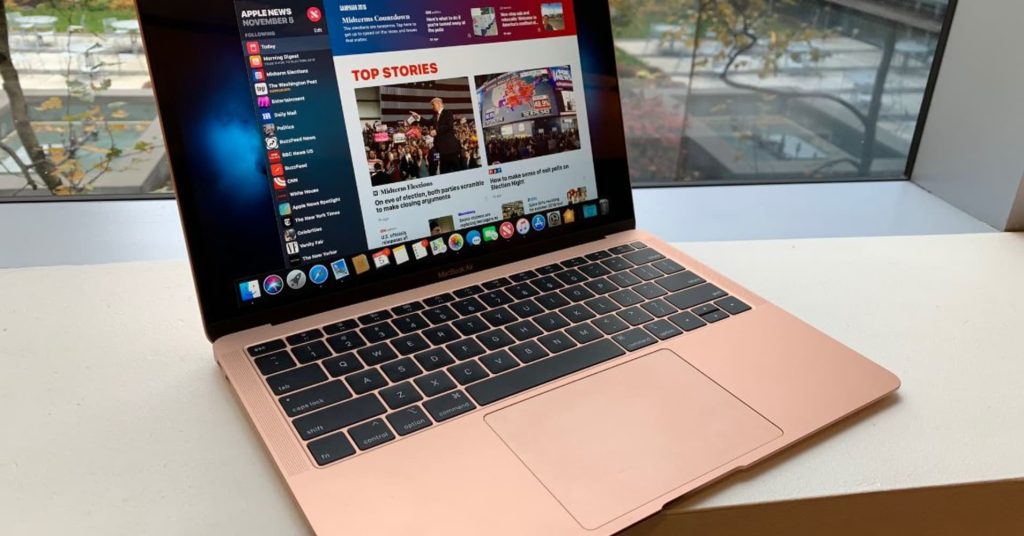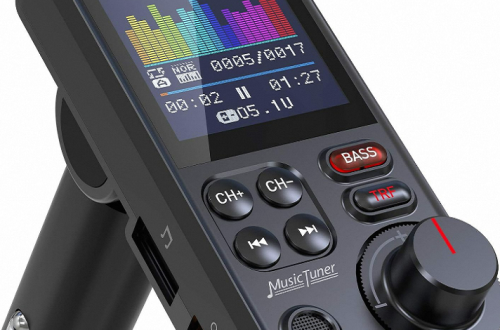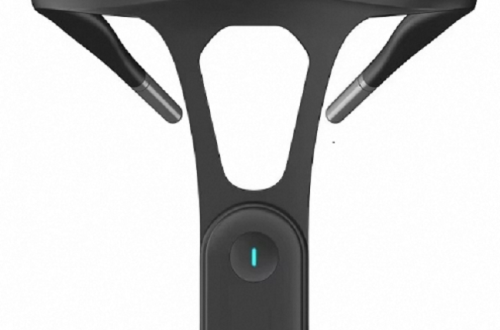Introduction:
The battery is a vital component of your MacBook, providing the necessary power for its portable functionality. To ensure maximum performance and longevity, it is essential to optimize your MacBook battery. In this article, we will discuss six effective methods to perform a battery health check and optimize your MacBook battery for prolonged usage.

1. Monitor Battery Cycle Count:
The cycle count of your MacBook battery refers to the number of full charge cycles it has undergone. Monitoring this count is essential in determining the overall health and capacity of your battery. To access the cycle count, click on the Apple menu in the top left corner of your screen, select “About This Mac,” and click on “System Report.” Under the “Hardware” section, click on “Power” and look for the “Cycle Count” information. Ideally, you should aim to keep the cycle count within the recommended range specified by Apple. By monitoring the cycle count, you can gauge when to take necessary steps to optimize your battery’s lifespan.
2. Calibrate Your Battery:
Calibrating your MacBook battery is important for accurate battery charge display and preventing sudden shutdowns. Over time, battery calibration can become inaccurate, causing incorrect battery percentage readings. To calibrate your battery, follow these steps: Drain the battery by using your MacBook until it shuts down, then charge it to full without interruption. Leave your MacBook connected to the power source for at least two hours without using it to ensure full charging and calibration. Optimizing Energy Saver settings is crucial for maximizing your MacBook‘s battery life. Customizing settings like display brightness, sleep mode, and app power management can significantly enhance battery performance. Reducing background processes helps minimize battery drain. Use Activity Monitor to identify resource-intensive processes and close unnecessary ones. Manage startup items to prevent applications from consuming battery power upon booting. Enable Power Nap sparingly to conserve battery power, and keep your MacBook cool to prevent overheating, which can affect battery performance.

2.1. Drain the Battery:
Use your MacBook until it reaches a low battery level, and the device shuts down automatically.
2.2. Charge to Full:
Connect your MacBook to a power source and allow it to charge to 100% without interruption.
2.3. Additional Charging:
Leave your MacBook connected to the power source for at least two hours without using it. This ensures that the battery is fully charged and completely calibrated.
3. Optimize Energy Saver Settings:
Energy Saver settings play a crucial role in optimizing your MacBook battery usage. By customizing these settings, you can extend your battery life and reduce unnecessary power consumption. To access the Energy Saver settings, click on the Apple menu, select “System Preferences,” and click on “Energy Saver.” Here, you can adjust options such as display brightness, sleep mode, and app power management. By setting lower display brightness, reducing sleep mode durations, and enabling app power management, you can significantly enhance your MacBook’s battery performance.

4. Reduce Background Processes:
Background processes are often running on your MacBook, consuming battery power without your awareness. Reducing the number of these processes can significantly minimize battery drain and prolong your MacBook’s battery life. To effectively manage background processes, follow these steps: Open the “Utilities” folder in your “Applications” and select “Activity Monitor.” In Activity Monitor, you can identify resource-intensive processes that are running in the background. Close any unnecessary processes that are using excessive CPU or memory. Additionally, review the list of startup items in your “System Preferences” under “Users & Groups.” Remove any applications that you do not need to launch automatically during startup, as they can consume battery power. By actively managing and reducing background processes, you can optimize your MacBook’s battery usage and ensure longer battery life for uninterrupted productivity.
4.1. Activity Monitor:
Open the “Utilities” folder within “Applications” and select “Activity Monitor.” Here, you can identify resource-intensive processes and close unnecessary ones.
4.2. Startup Items:
Go to “System Preferences” and click on “Users & Groups.” Select your user account and go to the “Login Items” tab. Remove any unnecessary applications from the startup list to prevent them from consuming battery power upon booting.

5. Enable Power Nap Sparingly:
Power Nap is a useful feature that enables your MacBook to perform various tasks, like email fetching, iCloud syncing, and Time Machine backups, even when it’s in sleep mode. However, it can lead to increased battery drain. To optimize battery usage, it’s recommended to enable Power Nap sparingly. To do this, go to “System Preferences,” click on “Energy Saver,” and uncheck the “Enable Power Nap” option. By disabling Power Nap when not needed, you conserve battery power during regular sleep mode. This ensures that your MacBook consumes less energy and maximizes its battery life. It’s particularly beneficial when you don’t require continuous background activities. By judiciously managing Power Nap usage, you strike a balance between convenience and battery optimization, allowing for efficient power management and prolonged battery performance.
6. Keep Your MacBook Cool:
Excessive heat can have a detrimental effect on your MacBook battery’s health and performance. To prevent overheating and optimize battery life, follow these guidelines:
6.1. Adequate Ventilation:
Ensure that your MacBook has proper airflow by not obstructing the ventilation ports and using it on a hard, flat surface.
6.2. Avoid Extreme Temperatures:
To optimize battery life and ensure proper MacBook performance, it’s important to avoid exposing your device to extreme temperatures. High or low temperatures can have adverse effects on battery health and performance. Protect your MacBook by keeping it away from direct sunlight, as prolonged exposure to heat can degrade the battery over time. Similarly, extreme cold environments can also impact battery performance negatively. It is recommended to store and use your MacBook in moderate temperature conditions. By being mindful of temperature extremes and taking steps to protect your MacBook from them, you can help maintain optimal battery performance and prolong the overall lifespan of your device.

Conclusion:
Optimizing your MacBook battery is essential for maintaining its performance and prolonging its lifespan. By monitoring the battery cycle count, calibrating the battery, optimizing Energy Saver settings, reducing background processes, enabling Power Nap sparingly, and keeping your MacBook cool, you can ensure maximum battery health and usage. Implement these strategies to optimize your MacBook battery and enjoy prolonged productivity and reliability.


